What an Ecosystem Is
Ecosystems are a crucial part of life for all living beings on planet Earth because they provide various raw materials that are important for our survival and, at the same time, are the driving force behind climate regulation and soil erosion control, all of which are necessary for our survival as a species.
There are different types of ecosystems, like aquatic and terrestrial ecosystems. However, all of them are equally relevant for the existence of the different species that inhabit them.
5-Minute Crafts has prepared a simple guide for you to learn more about these biological systems.
Definition
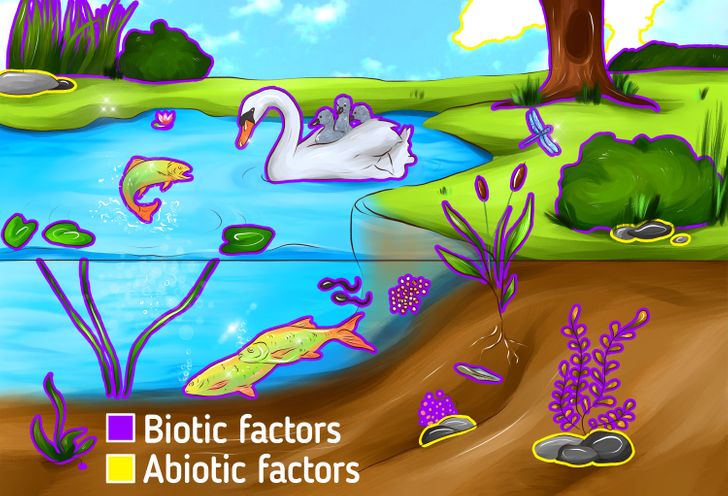
Simply put, an ecosystem is a community of species that share a space. These species include different types of living organisms like animals, plants, and sometimes even bacteria and viruses. All of these live and interact with each other and with their environment in a given geographic area. The main actors of an ecosystem are divided into 2 different groups:
- Biotic factors: this is a category that includes all living things, like plants, animals, and microorganisms.
- Abiotic factors: this, on the other hand, is a category that involves the non-living physical environment, like water, rocks, temperature, and humidity.
Each factor in an ecosystem depends on the other, either directly or indirectly, meaning that this distinction is just meant to help us understand better how an actual ecosystem works. Nature, of course, doesn’t differentiate them in this way. Let’s take a look at how these 2 factors relate.
- For example: changes in the climate of an area affect the type of plants that can grow in that area and some animals depend on them to survive. If those plants aren’t there anymore, then animals may migrate or even become extinct.
Types of ecosystems
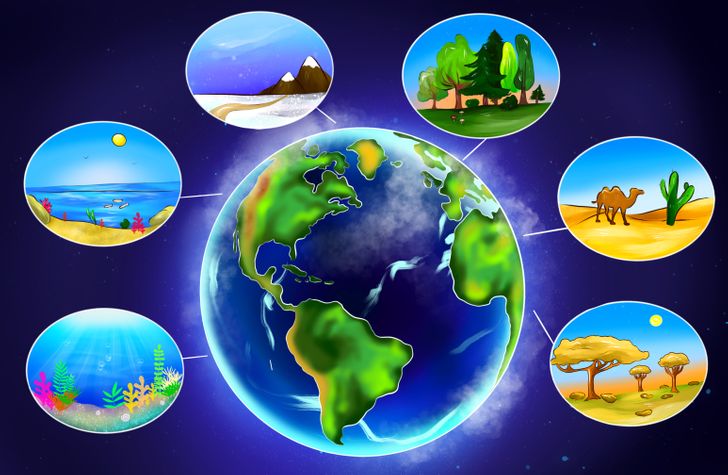
You can think of planet Earth as a great chain of ecosystems that are connected to each other and depend on each other to exist. As you know, Earth has a wide variety of different ecosystems, each of which has different sizes and harbors different types of life.
Nevertheless, ecosystems themselves can also be classified into different categories. These categories are called biomes, and they’re basically meant to group different communities. These biomes are classified according to their predominant vegetation. Biomes are characterized by the adaptation of different organisms to a specific area and can be mainly divided into terrestrial and aquatic.
Land or terrestrial
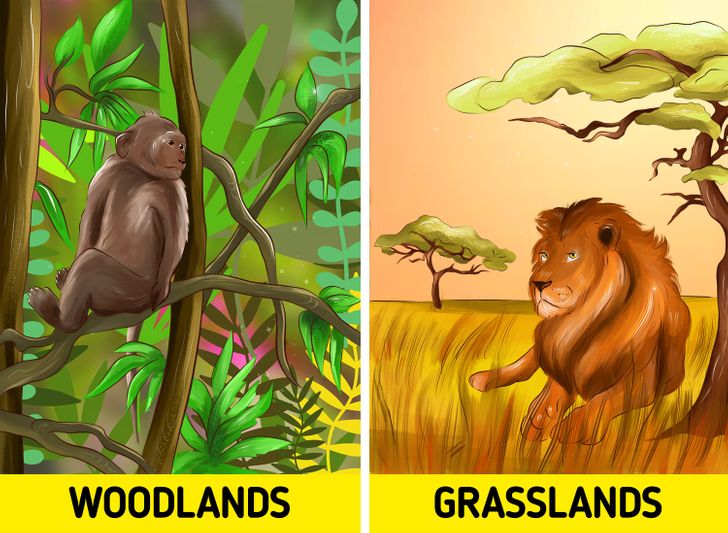
- Woodlands: this category also includes jungles, boreal, and warm forests. They occupy approximately one-third of the Earth’s surface and are dominated by trees and other ligneous vegetation.
- Grasslands: these are generally known for having a large amount of grass, as the name suggests. At the same time, they include subcategories like the savannah and warm prairies.
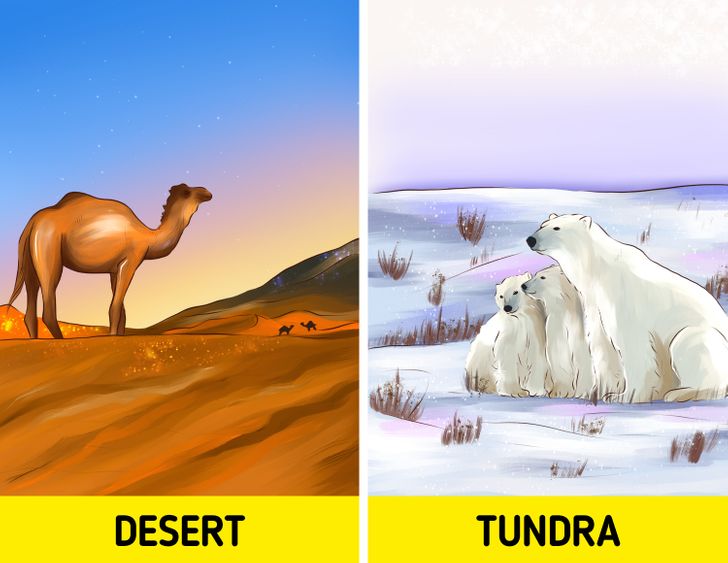
- Deserts: while you might find this surprising, deserts actually cover about one fifth of the earth’s surface. They are characterized by low rainfall and arid soil. Also, not all deserts are just made of sand. Within its subcategories, we can find not only arid, semi-arid, and coastal but also cold deserts.
- Tundra: this is the coldest of the biomes. Tundras are often exposed to extremely low temperatures and very little rainfall. These can be classified into 2 types: arctic tundra and alpine tundra.
Marine
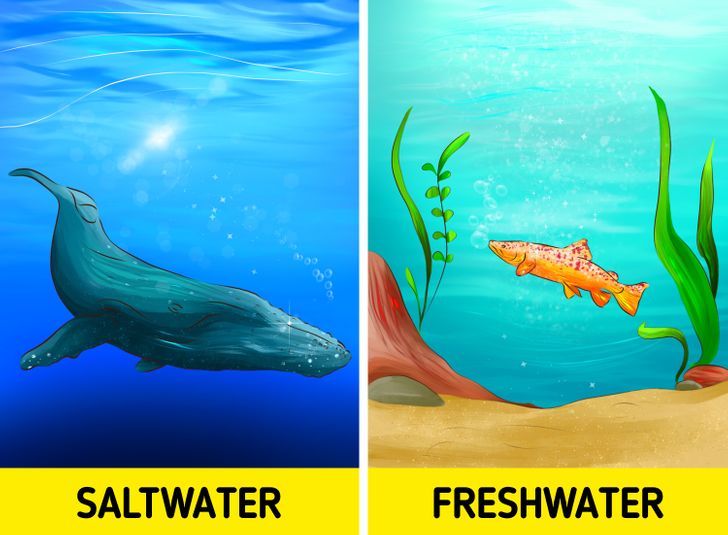
- Marine: this is everything that refers to what’s commonly known as the sea. It actually includes all ecosystems with a high concentration of salty water. These include oceans, coral reefs, and estuaries.
- Freshwater: includes ecosystems whose bodies of water contain a low salt concentration, where plants and animals are adapted to low salinity. They are classified into ponds, lakes, rivers, streams, and wetlands.
Why it’s important to protect all ecosystems
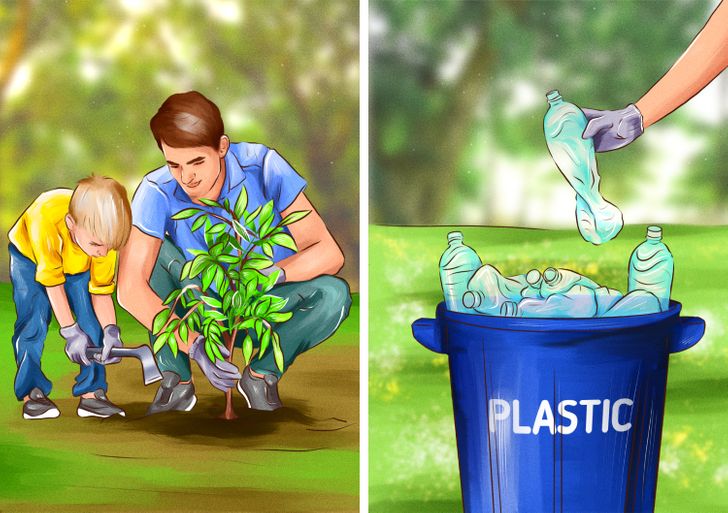
Nature, through its many types of ecosystems, provides us with a large part of the resources we use for our survival. This isn’t limited to things like water, food, and the components of various medicines we need, but also to the very fresh air we breathe.
Sustainable development in human activities provides ecosystems with a higher chance for preserving their biodiversity. Doing this can, in turn, avoid land degradation and the loss of raw materials needed for human life and the life of other living beings as well.
Because of all of the above reasons, it is of the utmost importance that we are aware of the existence of the ecosystems around us and that we take responsibility for their preservation, and reducing our impact on them through activities like recycling or reforestation.